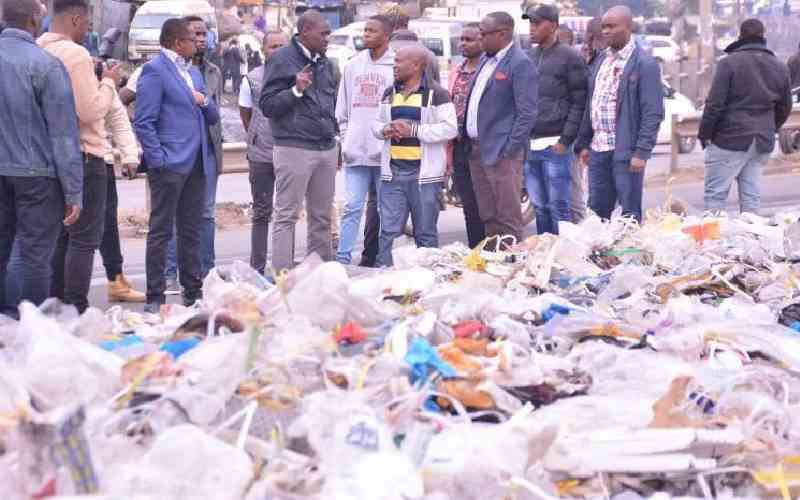×
The Standard e-Paper
Fearless, Trusted News

A man staggers in front of me with a sack of potatoes heavy on his shoulders. At the gate of Wakulima Market, he almost falls as he steps over a pile of rotting tomatoes and cabbages.
When he finally eases the sack onto the ground, I ask him about the environmental conditions around him.